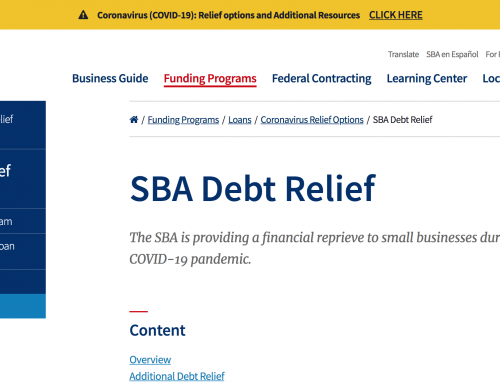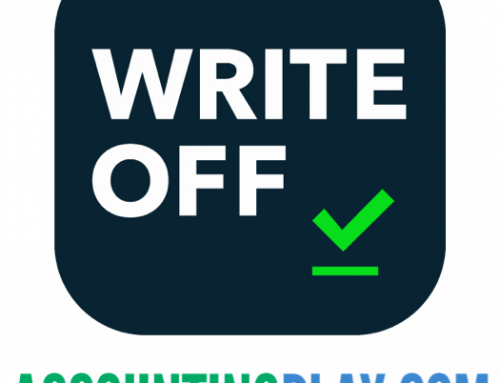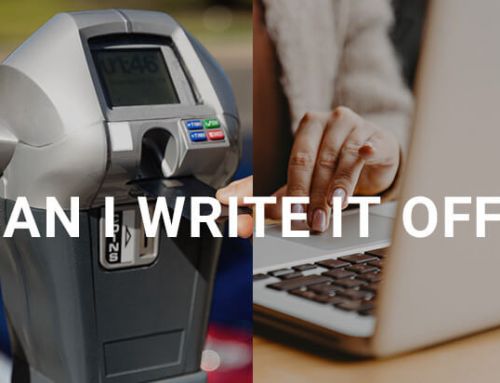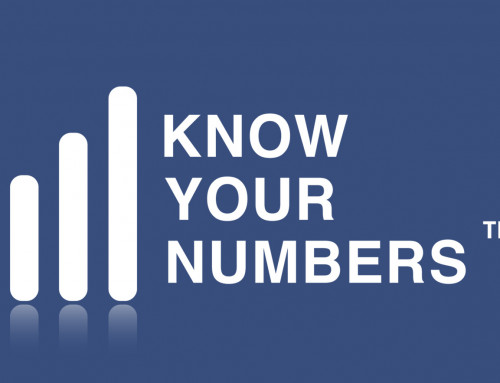Podcast: Play in new window | Download
Subscribe: Apple Podcasts | RSS
In this particular episode, you will learn
- The Income Statement
Podcast transcript:
The balance sheet, also referred to as the statement of financial position, reports the financial position of a business at a point in time. Because the information is reported at a point in time, the balance sheet can be compared to a photograph. It is based upon the accounting equation and reports the assets, liabilities, and equity of the business. At all times Assets = Liabilities + Equity (A = L + E) on the balance sheet and in the accounting system. For academic purposes the equation can also be expressed Equity = Assets – Liabilities.
The balance sheet provides a check and balance to ensure that all transactions have been recorded. The financial statement is referred to as a balance sheet because assets will equal or balance to liabilities plus equity (A = L + E). Let’s say a $1,000,000 property is purchased with $200,000 cash and a $800,000 loan. The balance sheet would be expressed as: $1,000,000 Assets = $800,000 Liability + $200,000 Equity. The equity at purchase roughly translates into the value that the owner has in the property. This same transaction could be expressed as $200,000 Equity = $1,000,000 Assets - $800,000 Liability.
As transactions are entered into the accounting system, two accounts are always affected. Let’s say a business receives $500,000 of cash. The cash account increases $500,000, but we need another account to balance the transaction and help explain where the cash came from. In this case, cash was received in exchange for giving ownership of the company to an investor, in the form of common stock. Cash assets therefore increase $500,000 and common stock equity will increase $500,000. At the end of the transaction $500,000 Assets = $0 Liabilities + $500,000 Equity. The balance sheet now balances.
Balance sheet accounts fluctuate over time. Asset accounts such as cash continually go up and down, recording every cash transaction. Liability accounts will also go up and down as money is borrowed and repaid. Equity accounts will likely fluctuate less, because they are based on events that happen more infrequently: receiving investment, paying investors, and recording the ending profit or loss activity from the income statement.
Assets are the first part of the balance sheet. Common assets are cash, accounts receivable, and property, plant, and equipment. Assets are presented on the balance sheet in order of liquidity: how easily assets can be converted to cash, with cash being presented first. Ending cash is calculated using a bank reconciliation, because there may be outstanding checks and deposits not reflected in the bank balance. Accounts receivable tracks amounts owed to the business from customers. Next, inventory is tracked as an asset until sold. Property, plant, and equipment are also considered assets. Property, plant, and equipment are expensed over time using the process of depreciation.
Assets: cash, accounts receivable, equipment, inventory, property, plant, and equipment, intangibles
Liabilities are debts that the business owes. The order is determined based upon how quickly the liabilities must be repaid. Common liabilities are accounts payable and notes payable. Accounts payable tracks amounts owed to providers of goods and services to the business, referred to as vendors. Notes payable are loans used to finance the business.
Liabilities: accounts payable, notes payable, accrued expenses, bonds payable
Equity represents amounts invested in the business and prior income statement activity. Common stock and retained earnings are typical equity accounts. Common stock is issued to investors in exchange for investment, typically in the form of cash. The retained earnings account tracks the accumulated activity that has been reported on the income statement. Retained earnings therefore connects the income statement and the balance sheet.
Equity: Common stock, retained earnings
The balance sheet provides valuable information to stakeholders and represents the accounting system in the form of Assets = Liabilities + Equity. Different accounts distinguish whether a transaction affects the balance sheet or income statement. If a business buys a car for example, it is an asset, not an expense. Liabilities track amounts owed and the sources of debt financing. When a business pays back a loan, for example, it is a decrease in liabilities, not an expense. Equity tracks the sources of equity financing and prior income statement activity. If a business issues common stock to raise money, it will increase equity, not revenue. The retained earnings account ties the income statement to the balance sheet, creating a system that balances in the form of the accounting equation.
The balance sheet allows stakeholders to access critical information that cannot be found on the income statement alone. A business could be profitable, but have large liabilities. A different business could also have a loss on the income statement, but have a large amount of valuable property on the balance sheet. If the investor ignored the balance sheet in either case, he or she might be making an uninformed decision. The income statement and balance sheet should therefore be viewed together.
Comparable to a picture, because it reports financial activity at a point in time
- Reports assets, liabilities, and equity
- Forms the accounting equation: Assets = Liabilities + Equity
- Measures financial position





Leave A Comment